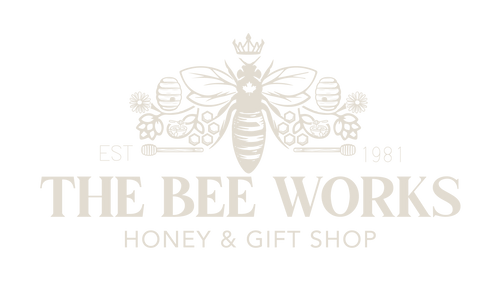
The Unsung Heroes of the Hive: Drone Bees
Did you know? Drone bees are the male bees in a colony, and their primary role is to mate with the queen bee. Often overshadowed by their industrious female counterparts, drones play a crucial part in the hive's reproductive success. Let's dive into the fascinating world of drone bees and uncover their unique characteristics and roles within the colony.
The Life of a Drone Bee
Drone bees are distinctly different from worker bees and queens, both in appearance and function. Here are some interesting facts about these essential members of the bee colony:
Physical Characteristics
- Size and Eyes: Drones are larger than worker bees, with a more robust body and significantly bigger eyes. These large eyes are crucial for spotting queens during mating flights.
- No Stingers: Unlike worker bees, drones do not have stingers. Their primary function is not to defend the hive but to ensure the continuation of the colony through reproduction.
The Role of Drone Bees
Mating with the Queen
The primary purpose of a drone bee is reproduction. During the mating season, drones leave the hive in search of a queen to mate with. This process takes place in drone congregation areas, where drones from various colonies gather, waiting for a queen to fly by.
- Mating Flights: When a virgin queen embarks on her mating flight, drones compete to mate with her mid-air. Successful drones will mate with the queen, transferring their genetic material before dying shortly after the act.
- Genetic Diversity: The mating of a queen with multiple drones ensures genetic diversity within the hive, which is vital for the health and resilience of the colony.
Lifecycle of a Drone
Drones typically live for a few weeks to a couple of months, depending on the season and the needs of the colony. In the late summer and fall, when mating season ends, drones are often expelled from the hive as they no longer serve a purpose and become a drain on resources.
The Importance of Drones
While worker bees are celebrated for their relentless work ethic and queens are revered for their role in laying eggs, drones are equally essential for the survival of the hive. Their contribution to the gene pool through mating ensures the colony's future generations remain robust and adaptable.
Drone bees, with their unique role and characteristics, are a testament to the intricate and balanced social structure of a bee colony. Although their life may seem short and singularly focused, their impact on the hive's genetic diversity and overall health is undeniable. Next time you see a bee buzzing around, remember the unsung heroes—the drone bees—and their vital role in the continuation of bee life.














